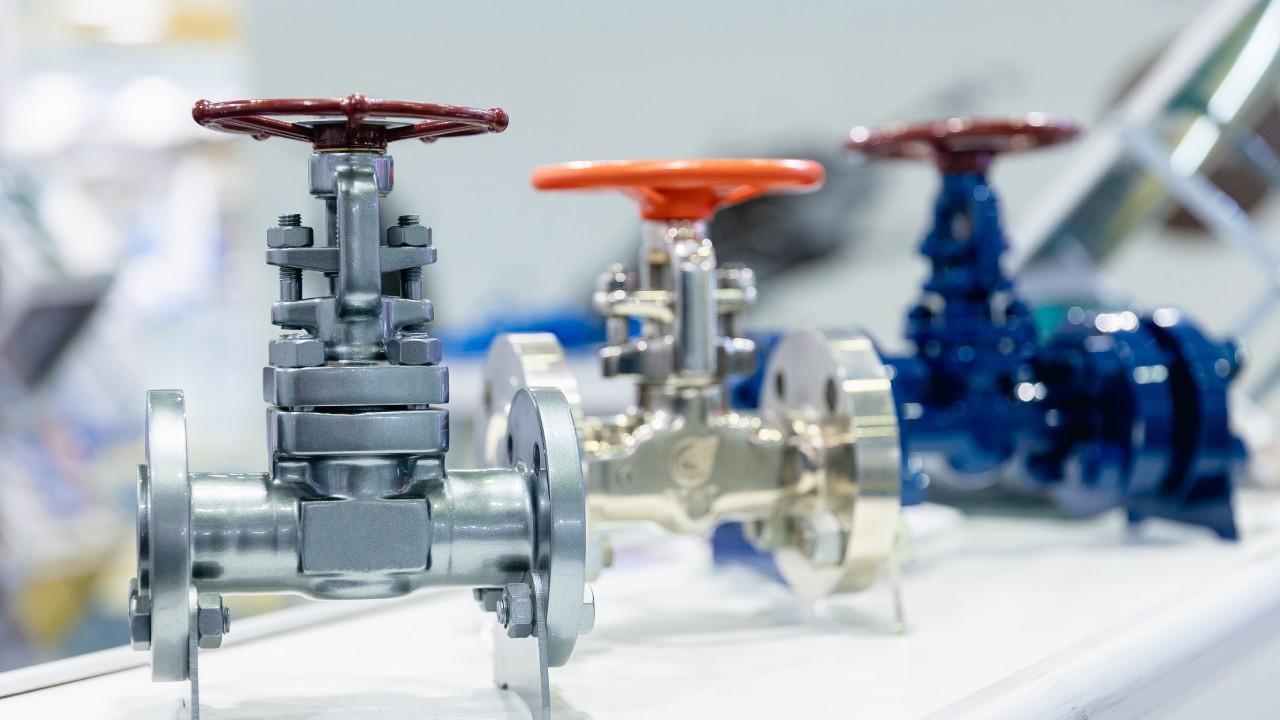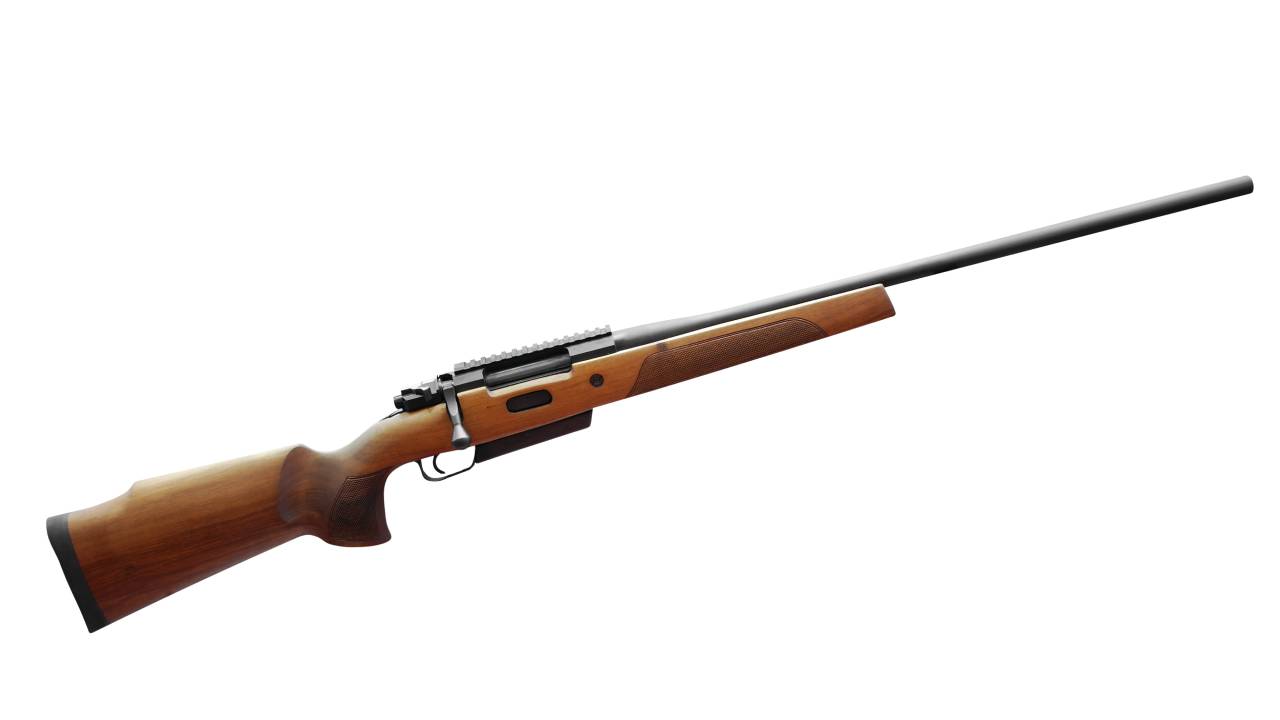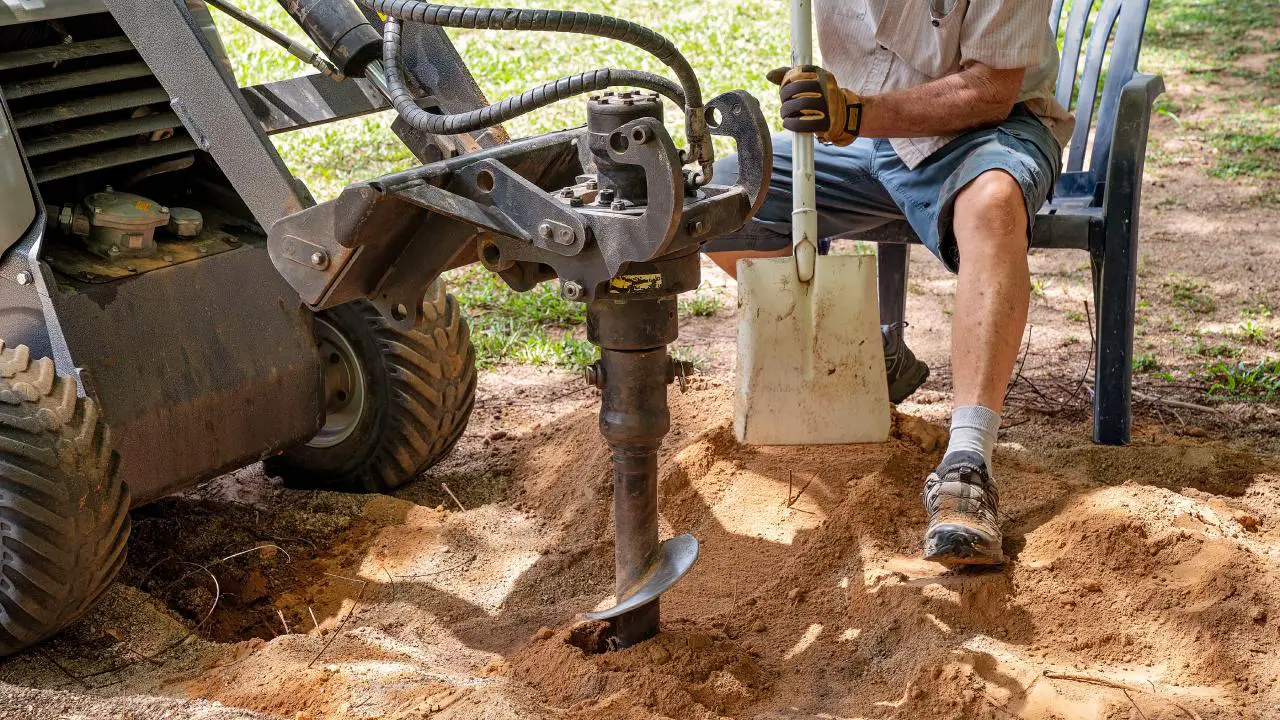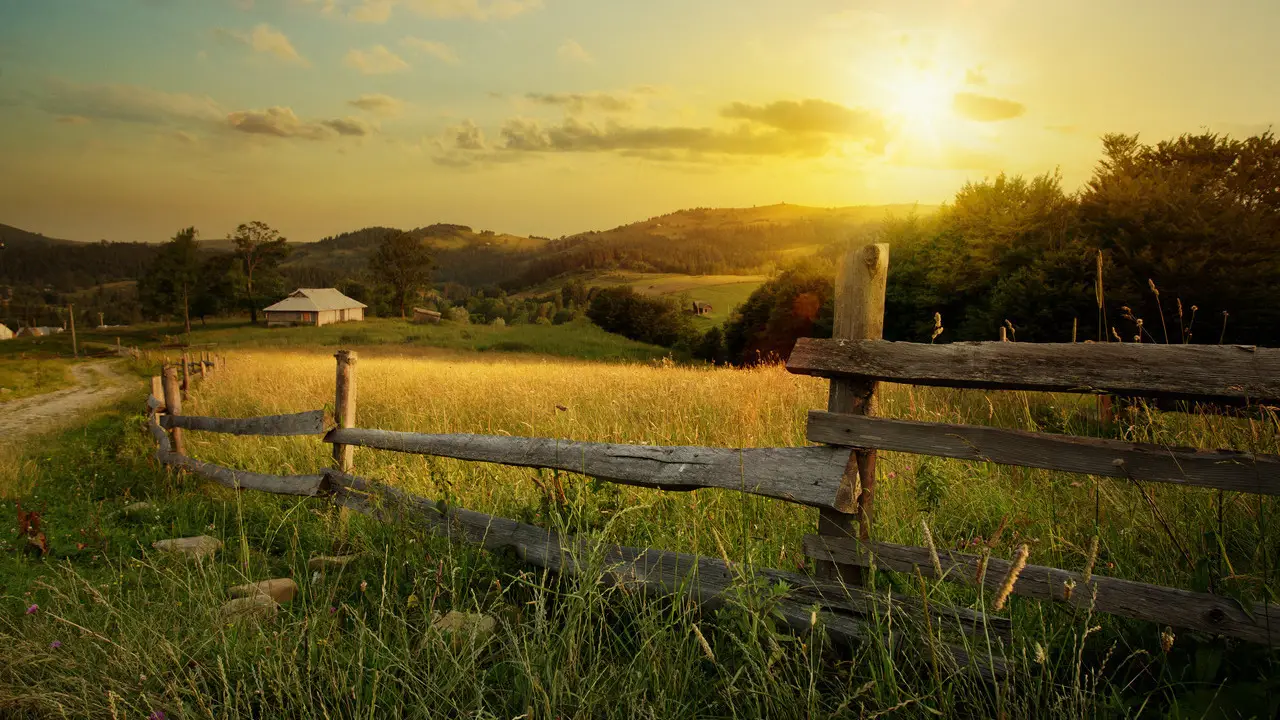Industrial valves are essential to any system involving fluid or gas control. From water treatment plants to oil and gas facilities, valves significantly regulate flow, pressure, and overall system functionality. Selecting the right valve is about finding a suitable match for your system and maximizing efficiency and reliability. This guide will help you understand which […]
Category: Information
Firearm Finishes: What Gun Owners Need To Know
The right finish can offer many benefits for a firearm, from improving its durability to enhancing its aesthetic appeal. Gun owners have many options when it comes to finishes, from bluing to anodizing and more. Read on to learn all about what gun owners need to know regarding these firearm finishes. Bluing Bluing is a traditional finish that enhances […]
Helpful Tips for Farmers During Tax Season
Tax season is a busy time for everyone, but it holds a significant weight for farmers as they balance their agricultural duties with financial obligations. Understanding the nuances of tax preparation can save time, money, and stress. Stop struggling with your taxes and discover helpful tips for farmers during tax season. Keep Accurate Records Start […]
3 Reasons To Invest in a Post-Hole Digger Attachment
If you’ve ever faced the task of digging holes on your farm or for a DIY project, you know it’s no easy feat. Enter the post hole digger attachment—a tool that can change the way you work with the land. Here’s why investing in one could be one of the best decisions you make this […]
Financial Considerations Before Buying Farmland
Buying farmland is a rewarding investment for farmers and investors, but it requires careful financial planning. It’s crucial to understand the financial considerations before buying farmland. This guide will walk you through evaluating your budget, understanding market trends, and considering the basic operating costs. Budgeting for Farmland Acquisition Before purchasing farmland, determine what you can […]





